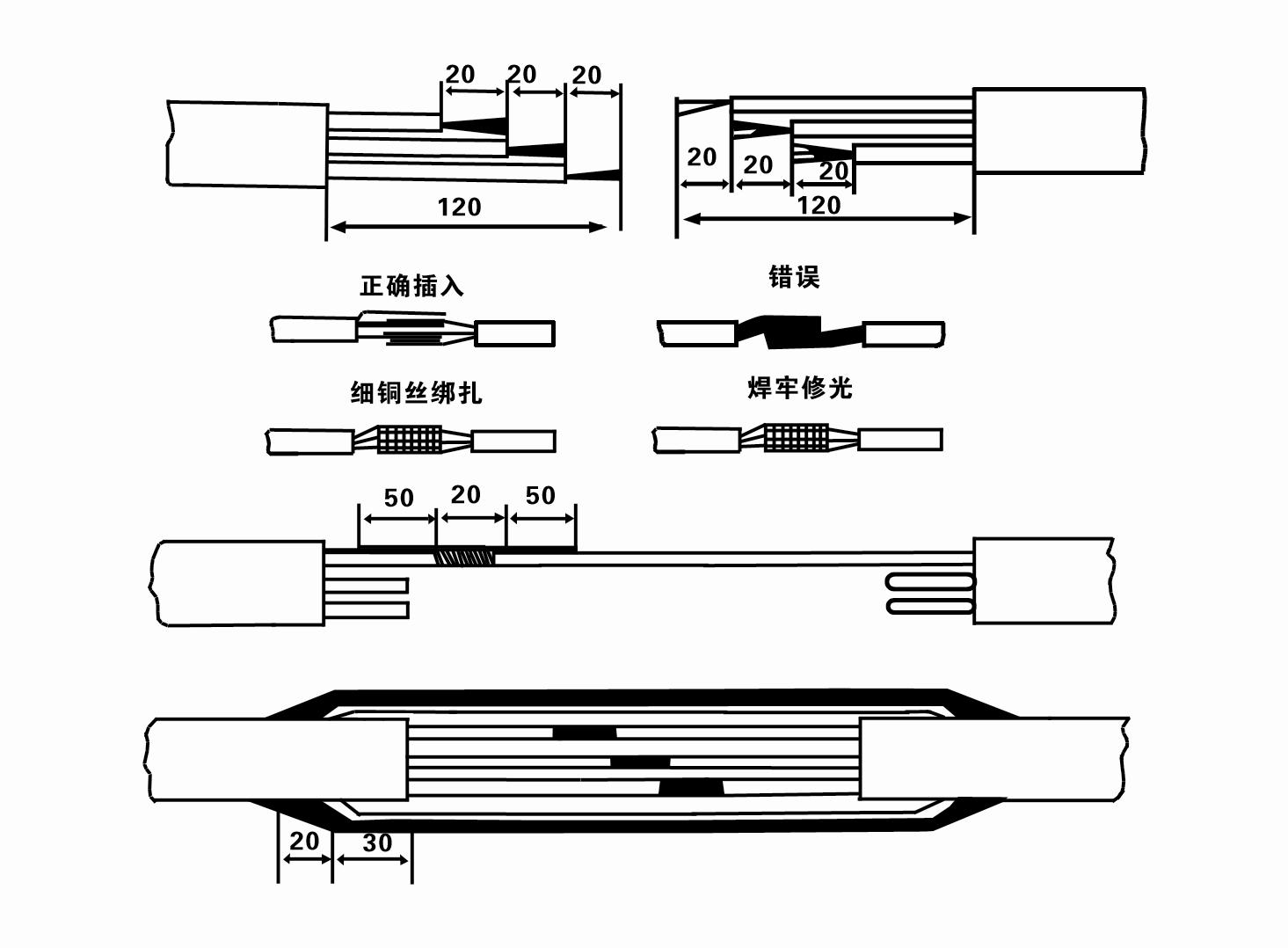Nov . 06, 2024 02:36 Back to list
Guidelines for Testing the Performance of a Submersible Well Pump Efficiently
How to Test a Submersible Well Pump
Submersible well pumps are crucial for providing water from underground sources, commonly used in residential, agricultural, and industrial applications. Testing these pumps is essential for ensuring their efficiency, longevity, and reliability. This article will guide you through the steps to effectively test a submersible well pump.
1. Safety Precautions
Before beginning any testing, safety should always be your primary concern. Make sure to wear appropriate gear, such as gloves and safety goggles. Ensure that the power supply to the pump is turned off to prevent any electrical hazards while you are working on the pump.
2. Initial Inspection
Start by visually inspecting the pump and its components. Check for any signs of damage, such as cracks, corrosion, or worn-out parts. Inspect the electrical connections and wiring for any fraying or wear. Ensure that the discharge pipe and fittings are secure, as loose connections can lead to leaks and reduced efficiency.
3. Measure the Water Level
Before testing the pump, measure the water level in the well using a water level tape or other measuring devices. This will provide a baseline for understanding the performance of the pump during the testing process. Record the static water level (the level of water when the pump is not operational) for reference.
4. Conduct a Pump Test
To test the performance of the submersible well pump, you will perform a pumping test. Here’s how
- Connect a Flow Meter Attach a flow meter to the discharge pipe of the pump. This will allow you to measure the volume of water being pumped over a specified period. - Turn On the Pump Restore power to the pump and turn it on. Allow the pump to run continuously for a predetermined amount of time, usually several hours, to gather ample data on its performance.
- Record Data During the test, monitor the flow rate, pressure, and total volume of water pumped out. Use the flow meter to track how much water is being delivered per minute or hour. Record each of these measurements to analyze later.
how to test a submersible well pump

After the test is complete, it’s time to analyze the performance of the pump based on the data collected
- Flow Rate Compare the measured flow rate with the manufacturer's specifications to ensure that the pump is operating within the expected range. A significant drop in flow rate may indicate issues such as a clogged pump, impeller wear, or other mechanical failures.
- Pressure Check the discharge pressure against the expected values. Low pressure could stem from various problems, including partial blockages in the system or a malfunctioning pump.
- Total Volume Calculate the total volume of water pumped over the testing period. This information can help you understand the pump’s efficiency and whether it meets your water supply needs.
6. Check for Noise and Vibration
While the pump is operating, listen for any unusual noises, such as grinding or rattling sounds, that may indicate mechanical issues. Additionally, observe for excessive vibration, which can also signal equipment wear or misalignment.
7. Maintenance and Troubleshooting
If your testing indicates any problems, it’s crucial to troubleshoot and perform maintenance on the pump. This may involve cleaning filters, checking seals, or even removing and inspecting the pump for more serious issues. Regular maintenance can extend the lifespan of the pump and improve performance.
Conclusion
Testing a submersible well pump is essential for ensuring reliable water delivery and efficient operation. By following the steps outlined in this article, you can enhance the reliability of your system and identify potential issues before they lead to major problems. Always remember that if you encounter significant issues, consulting with a professional is wise to ensure proper diagnosis and repair. Regular testing and maintenance will contribute to the longevity and performance of your submersible well pump, providing a dependable water supply for your needs.
-
Submersible Water Pump: The Efficient 'Power Pioneer' of the Underwater World
NewsJul.01,2025
-
Submersible Pond Pump: The Hidden Guardian of Water Landscape Ecology
NewsJul.01,2025
-
Stainless Well Pump: A Reliable and Durable Pumping Main Force
NewsJul.01,2025
-
Stainless Steel Submersible Pump: An Efficient and Versatile Tool for Underwater Operations
NewsJul.01,2025
-
Deep Well Submersible Pump: An Efficient 'Sucker' of Groundwater Sources
NewsJul.01,2025
-
Deep Water Well Pump: An Efficient 'Sucker' of Groundwater Sources
NewsJul.01,2025
-
 Submersible Water Pump: The Efficient 'Power Pioneer' of the Underwater WorldIn the field of hydraulic equipment, the Submersible Water Pump has become the core equipment for underwater operations and water resource transportation due to its unique design and excellent performance.Detail
Submersible Water Pump: The Efficient 'Power Pioneer' of the Underwater WorldIn the field of hydraulic equipment, the Submersible Water Pump has become the core equipment for underwater operations and water resource transportation due to its unique design and excellent performance.Detail -
 Submersible Pond Pump: The Hidden Guardian of Water Landscape EcologyIn courtyard landscapes, ecological ponds, and even small-scale water conservancy projects, there is a silent yet indispensable equipment - the Submersible Pond Pump.Detail
Submersible Pond Pump: The Hidden Guardian of Water Landscape EcologyIn courtyard landscapes, ecological ponds, and even small-scale water conservancy projects, there is a silent yet indispensable equipment - the Submersible Pond Pump.Detail -
 Stainless Well Pump: A Reliable and Durable Pumping Main ForceIn the field of water resource transportation, Stainless Well Pump has become the core equipment for various pumping scenarios with its excellent performance and reliable quality.Detail
Stainless Well Pump: A Reliable and Durable Pumping Main ForceIn the field of water resource transportation, Stainless Well Pump has become the core equipment for various pumping scenarios with its excellent performance and reliable quality.Detail
